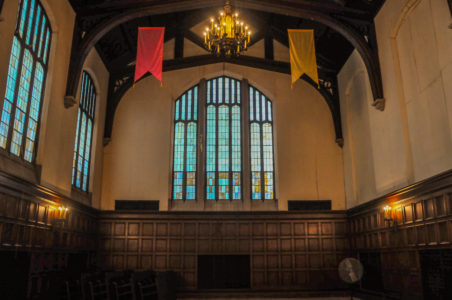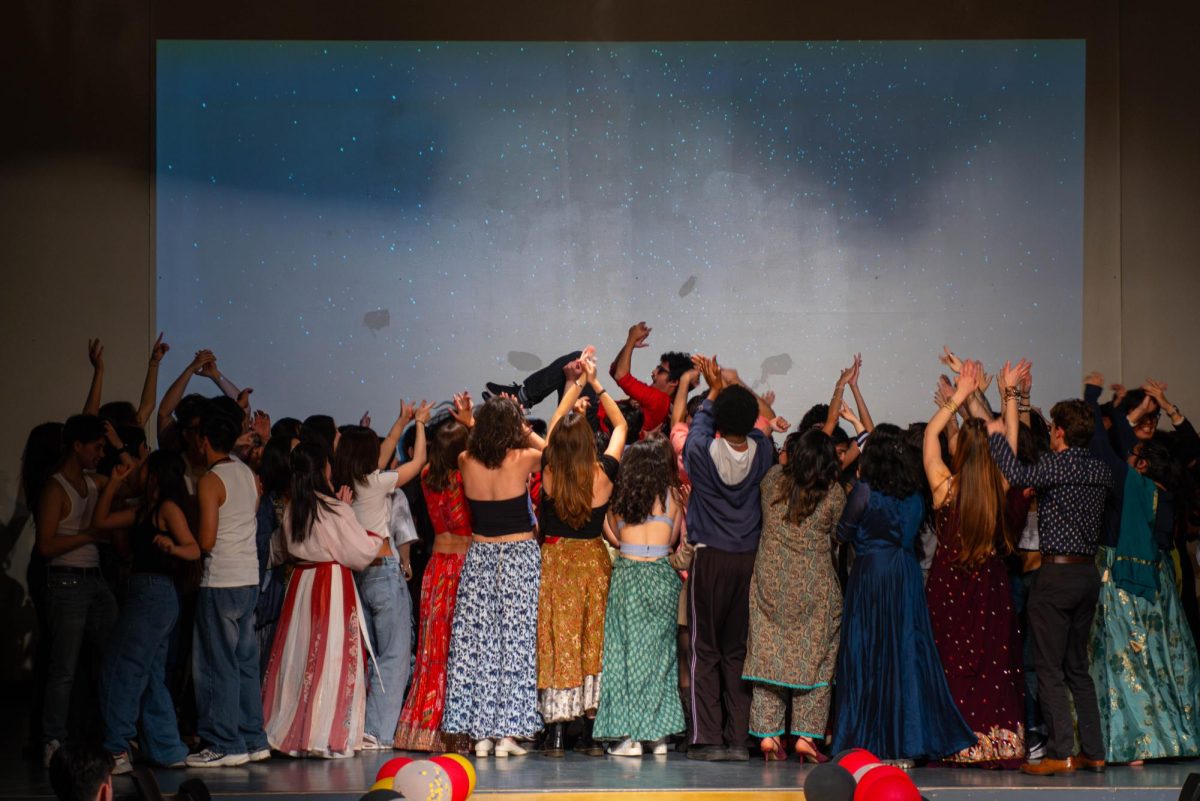The history of Grinnell dining halls is blurry in the early years of the College, with many of the original students living off-campus dispersed throughout the town. In the early 20th century, after the construction of most of the North Campus dorms, dining halls were placed in Smith and Langan halls. According to student handbooks from the early 20th century, these dining halls remained until 1942, when Cowles hall was constructed. Cowles then served as the main dining hall on North Campus.
Meanwhile on the other end of campus, the story of the dining halls begins in 1915 with the women’s dorms, when what was then called, “The Quadrangle,” now simply referred to as “South Campus,” was built.
Much thought was put into the construction of these intended women’s dorms. The details of the building were treated as factors that could greatly influence the female student experience.
“The homing instinct cannot be beat matured and developed by clubs or barracks or hotels. The spirit of the home is lost if the aggregate of inmates is too great,” wrote Henry K. Holsman, architect and member of the class of 1891, in a letter to then President of the College John Hanson Thomas Main, in an attempt to influence the plans for the Quadrangle. It was greatly emphasized that the women attending the college would need to learn both academic skills and household skills that every female student of the time would need to be a proper woman of society. Architectural plans were designed to include the installations of sitting rooms, kitchenettes and a dining hall suited for formal dinners, which we now know as the Quad dining hall in Main.
Once both North and South Campus dining halls were established, with the exceptions of a few residence halls that were yet to be built, there was a long pause in terms of dining hall changes.
Although cafeteria meals were an option, served meals were also held in both dining halls.
“For the served meal, there was a rule that the men had to wear coats and ties. There were table cloths on the tables and waiters would serve the food, bring plates to each person sitting down,” recounted Professor Jon Andelson ’70, anthropology. “We would be waiting out in the hall, prior to the start of the meal, the doors were locked, and everybody who was waiting to have a meal there would be outside the room and then somebody from the inside would come and everybody would flock in, find a seat, and remain standing at their seat.”
“The whole thing started with a moment of silence. There was a student head of Cowles, [and the] dining hall had a little space where he would stand with a microphone for announcements,” Andelson said.
Andelson is not only a witness to these formal meals, but can also attest to one of the biggest shifts in Grinnell’s history: the transition from single-sex to gender-integrated dorms in 1968. This not only changed the dynamics between North and South campus, but also signaled the end of formal dining at Grinnell College, as the dining halls became gender neutral.
Another change that came a little before the gender integration of the dorms was the construction of the Forum in 1960. The Forum, now home to SHACS and Information Technology Services, originally served as the student center, which included a “grill” much like the Spencer Grill in the Joe Rosenfield ’20 Center (JRC).
With the establishment of the Forum and the integration of the dorms, Grinnell’s social dynamics shifted once more. Cowles and Main remained the two dining halls on campus, with the Forum Grill serving its purpose as a quick bite or late-night coffee stop. It was during this time period that the dining halls began to morph into what this generation of Grinnell College students think of when they hear “dining halls.”
The final change that occurs that brings us to the current day starts with the construction and opening of the JRC in 2007. The JRC took the place of the Forum as the student center, moving the grill and consolidating the two dining halls into one large dining hall.
Professor Sarah Purcell ’92, history, saw the shift in campus dynamics across her time at the College, but is hesitant to say these dynamics could not shift again.
“The ‘center of campus’ has definitely moved north from where it used to be, and I think that it’s moved a lot of the action more toward that side of campus. But I don’t think we’re done seeing that change, because I think when the new ARH addition opens, that’s going to change things again,” she said.
Though the center of campus is found currently in the JRC, there is no telling what changes could lead to a new campus “hot spot.” However, one thing is certain: students will most certainly continue socializing, continue studying and of course, continue eating, regardless of location.

Photo by Sarina Lincoln

















































